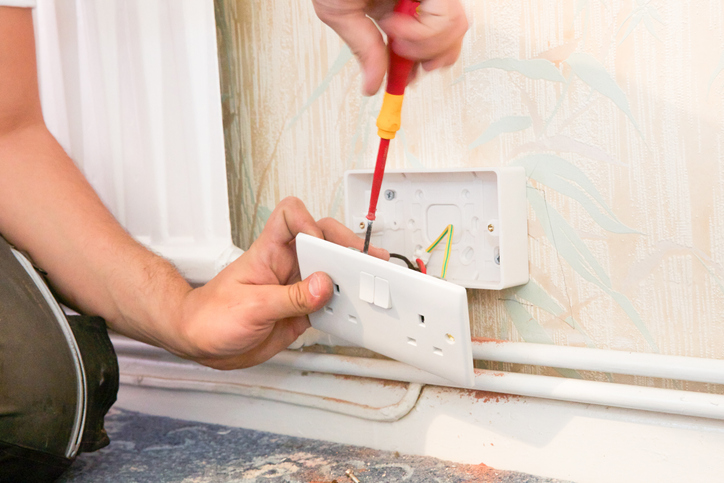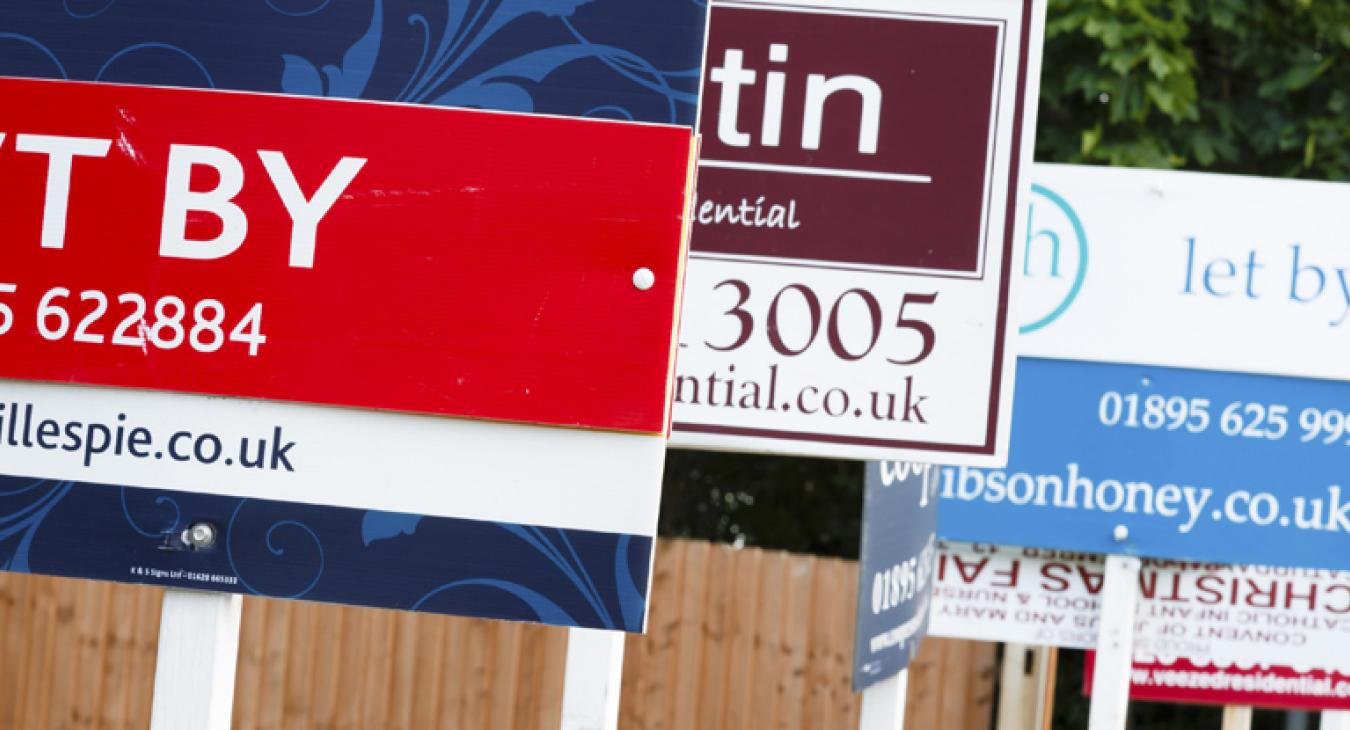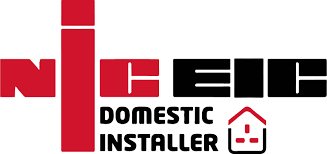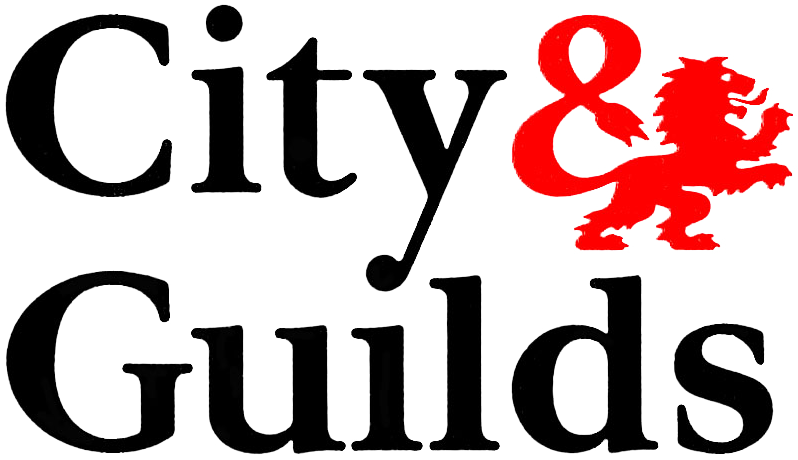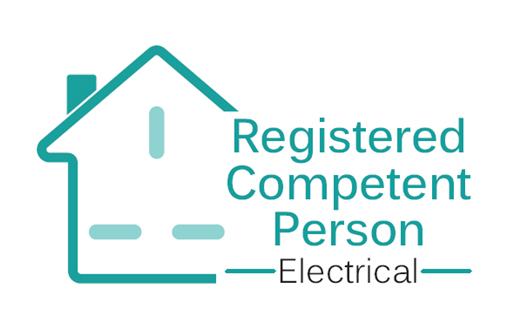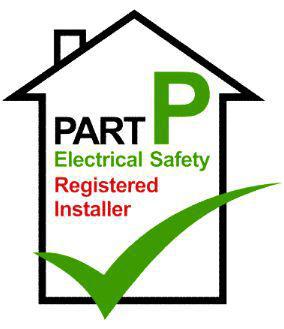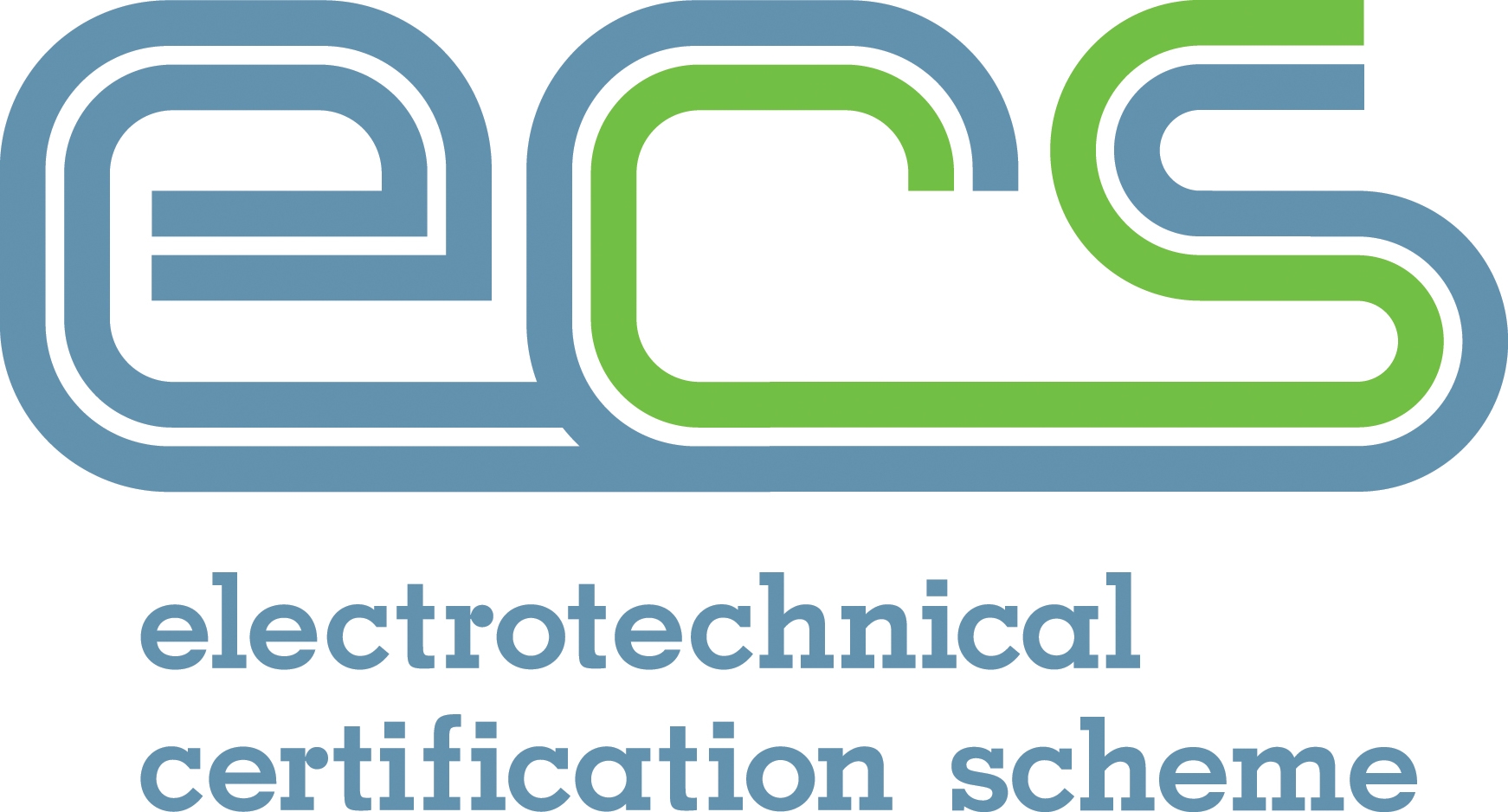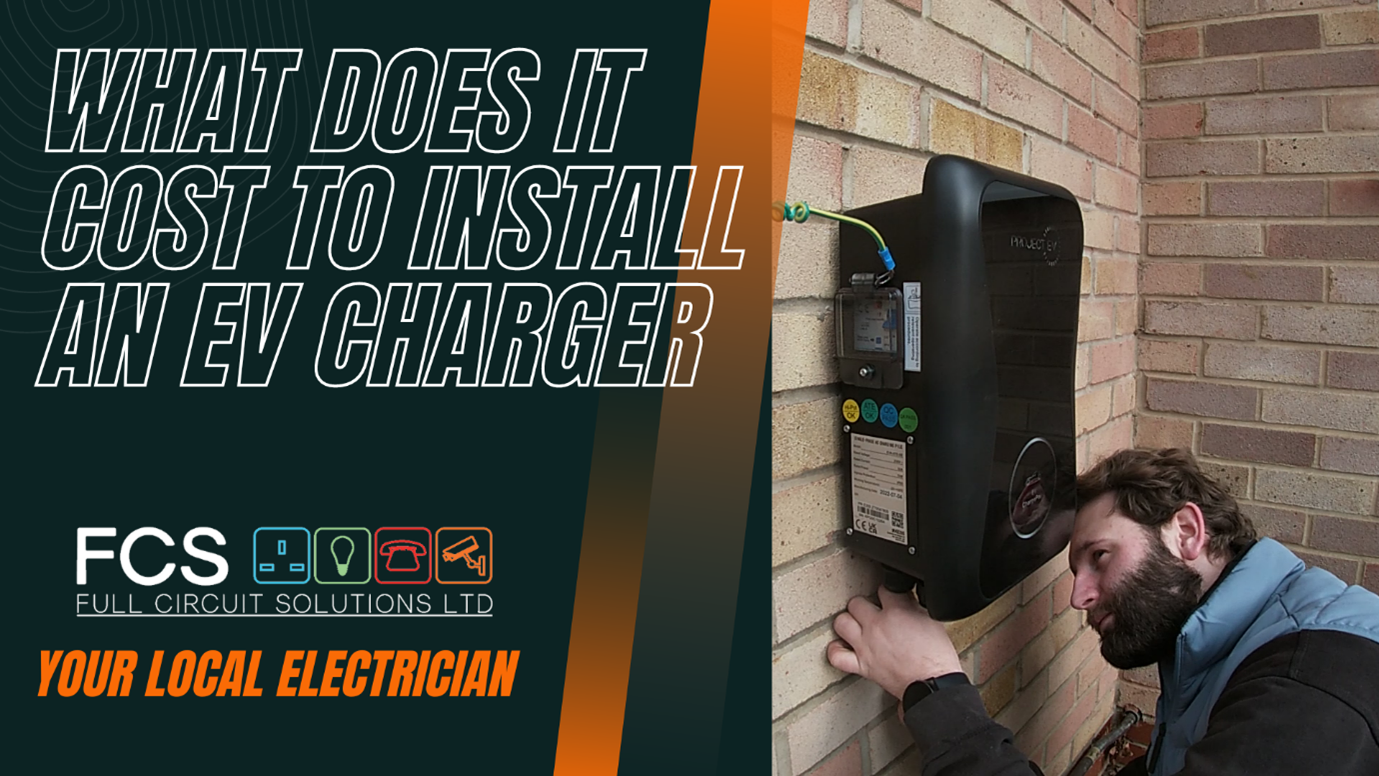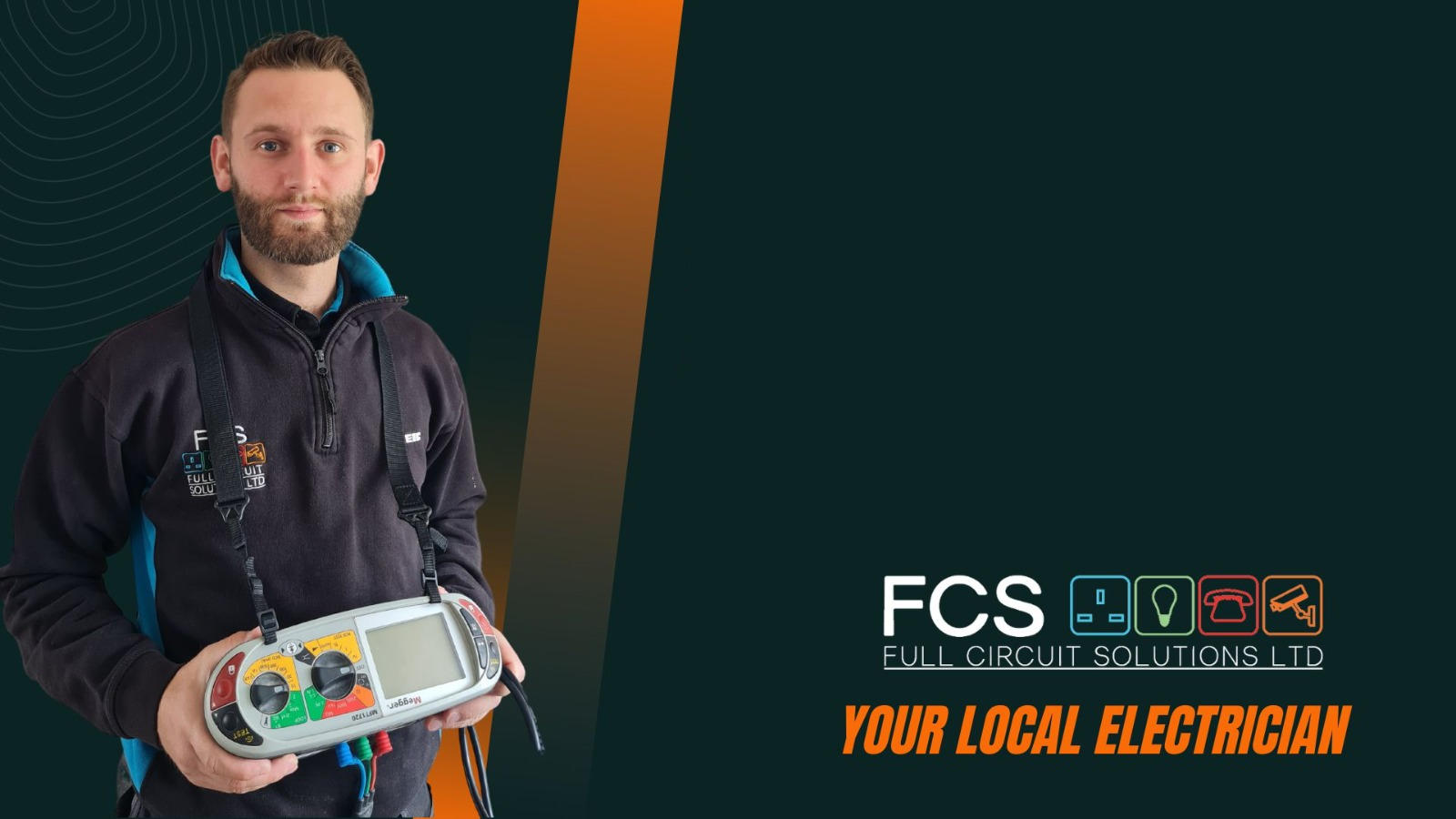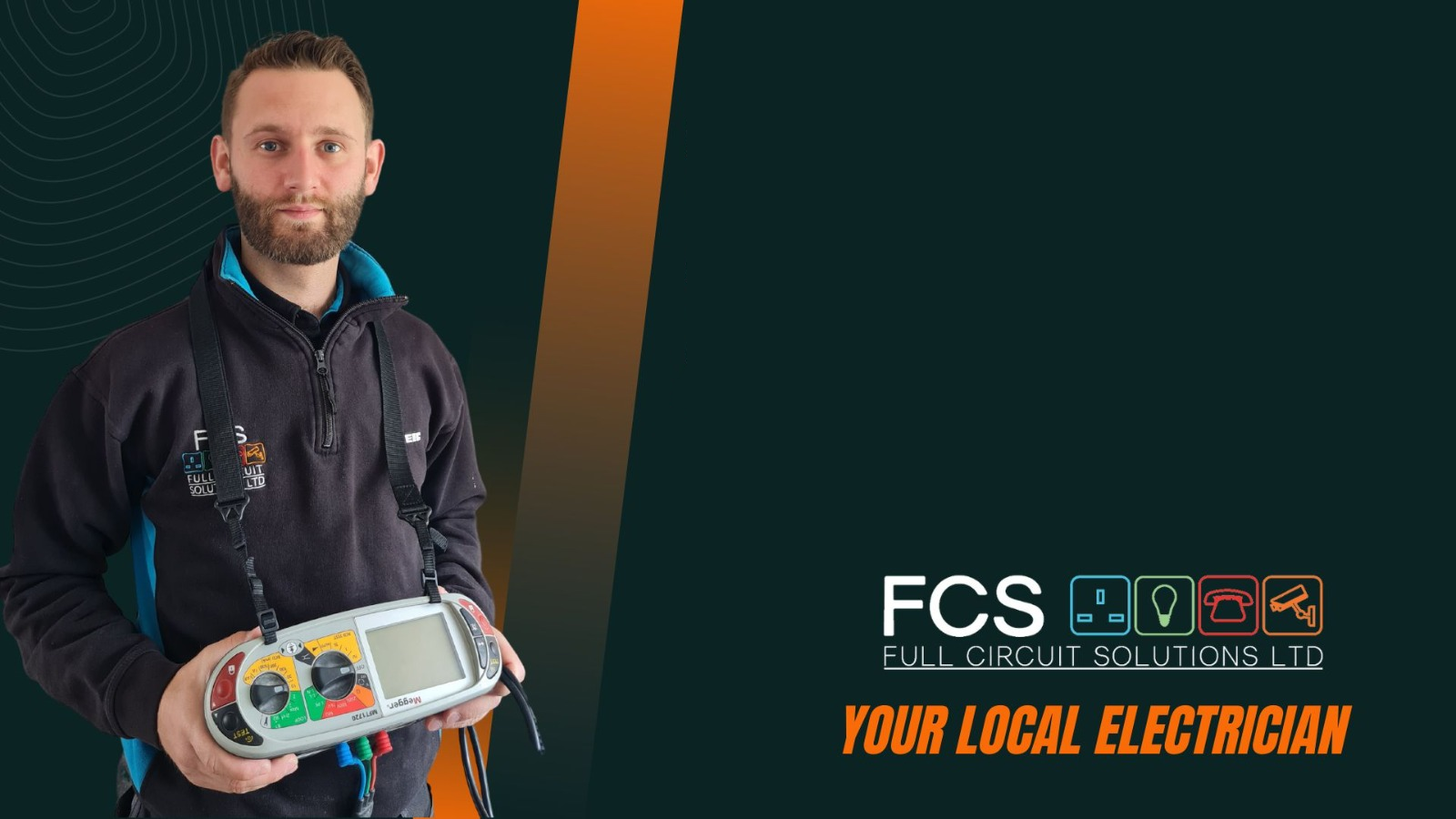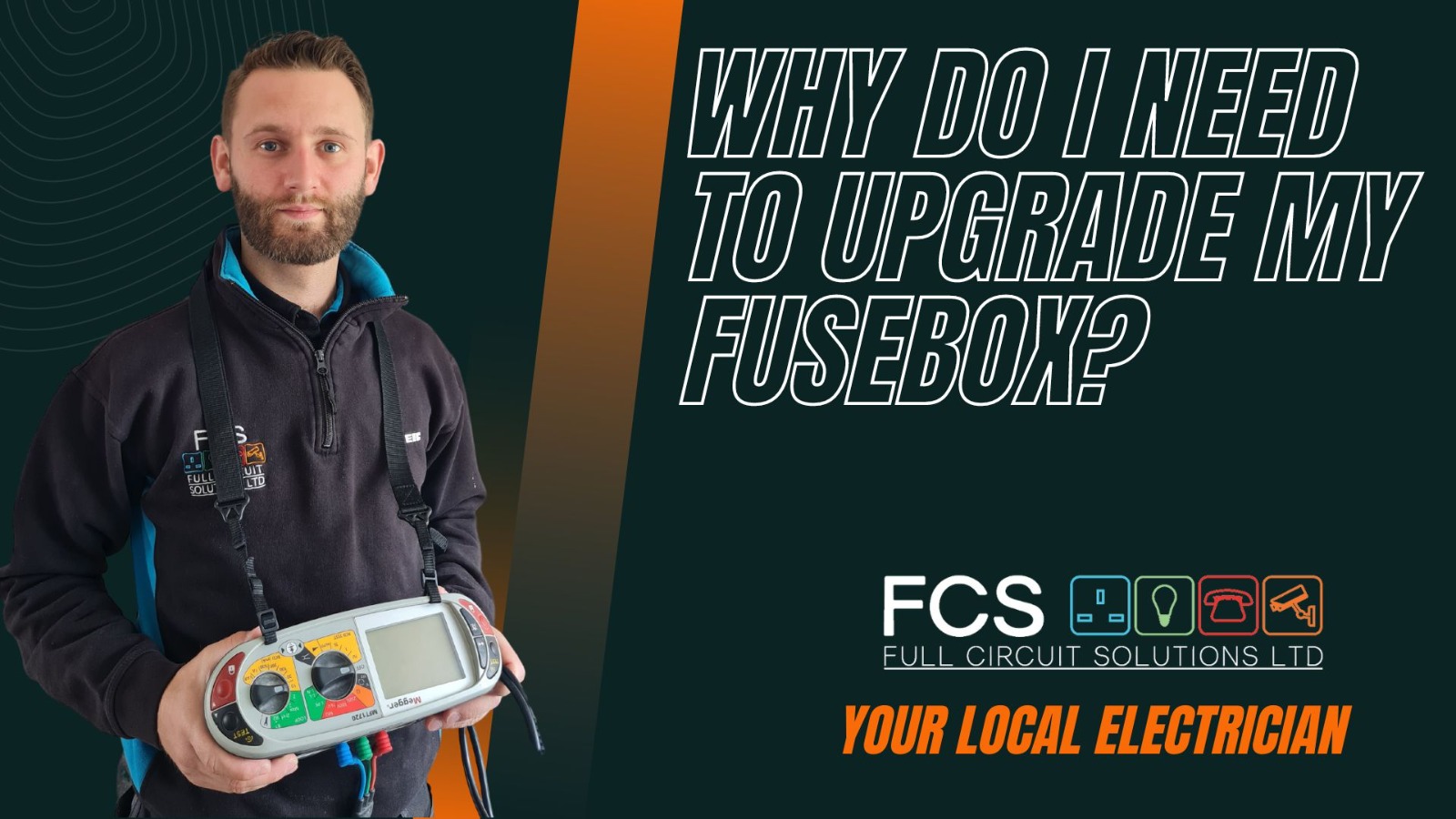Most accidents involving electricity in the home arise through faults in, or misuse of, domestic appliances or the electrical installation. The most common electrical hazards in the home are electric shock, fire and burns.
These are often caused by:
- The electrical installation/equipment deteriorating over time
- Damaged switches, sockets, and electrical equipment
- Misuse of the installation and equipment
- Poor/lack of maintenance
- Vandalism
If you're a landlord, you are required by law to ensure your property meets several electrical safety standards. With this handy guide, we'll ensure you stay on the right side of that law!
By law you are required to ensure:
- That the electrical installation in your property is safe at the start of the tenancy
At the start of a tenancy, it is your responsibility to ensure the electrics in your property are in a safe condition. To do this you should ideally get an electrician to carry out a basic visual safety check. This basic safety check will ensure there are no hazards such as broken sockets and light switches, no signs of scorching due to overloading and no damaged cables.
If you own a House in Multiple Occupation (HMO) you are legally obliged to have a full electrical inspection carried out on your property every five years. If your property is not a HMO property it is still very strongly advised that you have a full electrical inspection carried out every five years. As part of this inspection – called a periodic inspection or an EICR (Electrical Installation Condition Report), you should also conduct a portable appliance test (PAT).
- That the electrical installation and appliances are maintained and in a safe condition throughout the tenancy
Over time the electrical installation and appliances can deteriorate and become damaged for a number of different reasons. We suggest that you periodically check these or have an electrician check them on your behalf. You should:
- Check there are no cuts or abrasions in cable coverings
- Check the cable coverings of plugs are gripped by the cord grip in the plug top and that no coloured cables are visible
- Check plugs aren't damaged – no cracks to the case or bent pins
- Check there are no signs of overheating or burning on plugs and sockets
- Check that appliances aren't damaged
- That any appliances you provide in the property have the CE marking and are safe
It is your responsibility to ensure the appliances you provide are safe and meet European safety law requirements. To ensure this, make sure you only purchasing appliances that are marked with the CE logo.
To ensure your appliances are safe as part of the periodic inspection, your electrician should also conduct a PAT on any portable electrical appliances that you have provided with the property. By conducting this test your electrician will confirm that these appliances are safe and in working in order. To confirm this sticker will be added to the plug of each device to show the date it was tested.
